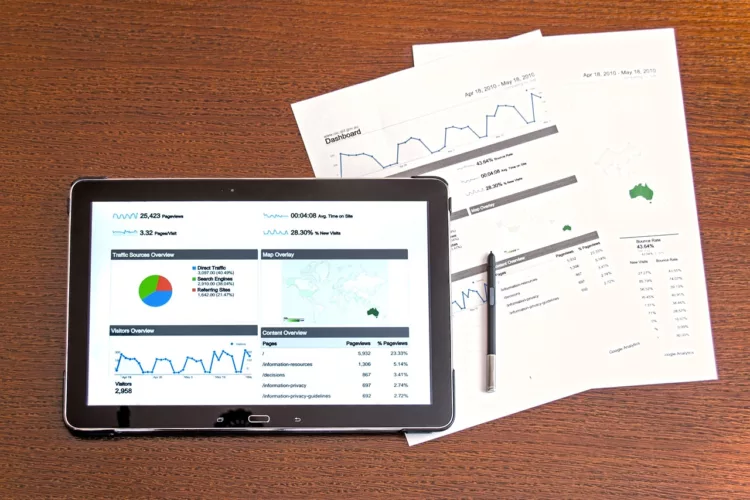HR Metrics that Matter

Whether you have an internal HR function, outsource to consultants or have a well-developed management team, using metrics based on your people should be a critical part of your business strategy.
Frequently the value of HR metrics is under-appreciated by businesses meaning results will never be as good as they could be if attention was paid to these numbers.
HR metrics are a particularly important resource for medium to large businesses as they provide data about company culture, health and performance to shareholders and investors.
What are HR metrics?
First, a bit of clarification. HR metrics and HR analytics are different and have their own particular functions. However, the terms are often incorrectly used interchangeably.
HR metrics and HR analytics have an important relationship which should be understood to make sure they are used effectively to support the delivery of business objectives and goals:
- HR metrics (or KPIs) use tangible data in the form of numbers to track impact and efficiency in terms of the overall business objectives and goals. HR metrics are the ‘what’.
- HR analytics develop insights into the data and your results and provide predictions to formulate actions to achieve results. HR analytics are the ‘why’.
Use them effectively together and they can create compelling and believable stories to bring the numbers to life in a meaningful way, giving you ‘metrics that matter’.
A good example would be the turnover metric. This is one of the most commonly reported on but what does it actually mean to your business? Do you and your leadership team know why you are being presented with this statistic every quarter?
If you delved into the data behind your turnover figure and found that 10% of the salespeople you lost this year generated 40% of your business revenue last year, that is going to make you sit up and take notice.
You can then go further to find data to answer the question of why they left. A comparison of salaries in the market or a look at how much development they received over the last few years may provide some valuable insight and enable you to take action.
Using HR metrics and HR analytics together in this way creates a cyclical process of reporting, analysing and formulating and implementing actions.
We can see then that HR metrics have a dual role as lagging indicators of the performance of HR departments in creating efficiency and cost reduction as well as leading indicators of future business success.
It is essential though to understand that if it is not just about measuring cost reduction and efficiency but going on to use the data to inform future business results, then it is the end game which is important and therefore costs may become irrelevant.
Which HR metrics should we use?
There are a lot of possible HR metrics to choose from but if the purpose of HR metrics is to help you to evaluate and improve your business then it is essential to choose the right HR KPIs (Key Performance Indicators) which are aligned with your HR strategy and overall business strategic objectives and goals.
The right HR metrics will enable HR professionals to detect issues which may obstruct the achievement of objectives and goals and then when steps are taken to address these, provide feedback on progress toward success. Avoid vanity HR metrics – the aim is to identify where the business needs to improve, not to look good by generating meaningless data.
HR Managers and business leaders may use an HR dashboard to track and report on real-time HR-related metrics, particularly people metrics. Using an HR metrics dashboard, you can find trends and make better decisions for your company – both now and in the future.
Key HR metrics that commonly appear on HR dashboards include the number of employees, employee retention, employee performance, time to hire, absenteeism rates, staff turnover rate, employee engagement, cost per hire and training costs. It might also include employee-specific details like length of service, amount of leave available, reporting lines, role, salary and job title/seniority.
In addition to this, creating a diversity dashboard specifically for your diversity metrics helps HR teams to visualise KPIs that measure the success of their Equality, Diversity and Inclusion strategy. A diversity dashboard may show a summary of key workforce demographic data by employee ethnicity, age, gender diversity, neurodiversity and religious beliefs.
If you’d like to explore further how to work with HR metrics to improve your business results, get in contact with us today.



